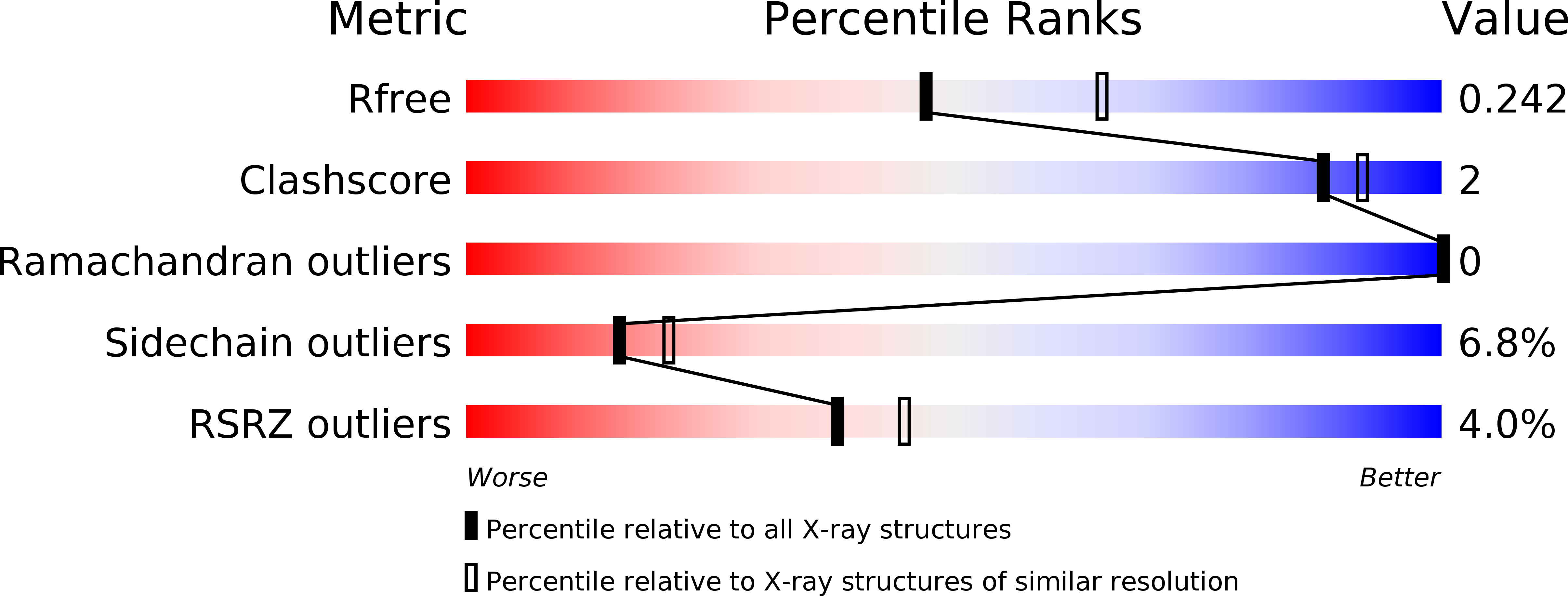
Deposition Date
2015-08-31
Release Date
2016-06-22
Last Version Date
2024-10-16
Entry Detail
Biological Source:
Source Organism:
Oryctolagus cuniculus (Taxon ID: 9986)
Human immunodeficiency virus 1 (Taxon ID: 11676)
Human immunodeficiency virus 1 (Taxon ID: 11676)
Host Organism:
Method Details:
Experimental Method:
Resolution:
2.30 Å
R-Value Free:
0.22
R-Value Work:
0.18
R-Value Observed:
0.18
Space Group:
P 1 21 1


